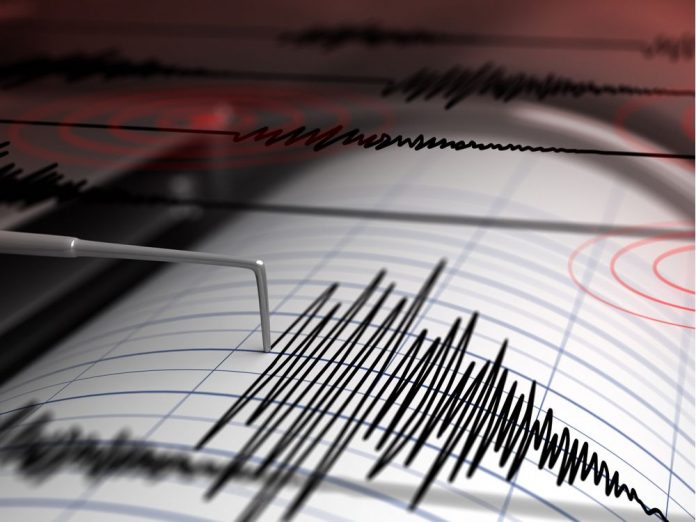Filling the reservoirs of Quebec’s hydroelectric dams has sometimes caused small earthquakes — a process that doesn’t seem to have occurred elsewhere in Canada, according to a seismologist who has studied the phenomenon.
Maurice Lamontagne says it’s still not clear why the tremors occurred, or why they happened in some cases but not in others.
He says the small quakes occur when the reservoirs are initially filled with water, due to the increased pressure placed on existing cracks in the rock.
The most powerful appears to be a magnitude 4.1 earthquake that occurred during the filling of the Manic-3 generating station in north-central Quebec in 1975.
More recently, hundreds of small quakes were registered when the Romaine 2 dam was filled in 2014.
Lamontagne stresses that these were minor earthquakes, falling short of the magnitude 5 level that is generally the threshold for causing damage.
“We’re in an intraplate zone, meaning we’re inside the tectonic plates,” said Lamontagne, a Natural Resources Canada seismologist who contributed to the research that was recently published in the academic journal Seismological Research Letters.
“For this reason, the geological forces are quite weak — a very rigid Earth crust, which deforms very little.”
But Lamontagne said in other parts of the world, the act of filling up reservoirs can be enough to cause damage.
He said a dramatic example occurred in India in 1967, when a major earthquake caused dozens of deaths near the site of the Koyna dam.
But what fascinates Lamontagne is the fact that, in Canada, the phenomenon appears to be limited to Quebec and hasn’t been recorded in any other province.
When asked why, he said only: “To be modest, it’s nature that has the last word.”
Even in Quebec, the earthquakes don’t always occur, even when conditions seem conducive to them.
No seismic activity was recorded during the filling of the Manicouagan Reservoir in central Quebec, even though it’s one of the biggest projects in the world and more than 60 metres deep.
Furthermore, the basin in which the dam sits was caused by an ancient meteor — meaning scientists expected more cracks.
“One would expect the Earth’s crust to be fractured by this impact,” he said. On the contrary, he said: “We never caught the slightest earthquake.
“It’s interesting and … mysterious.”
In Quebec, the biggest hydroelectric projects have all been completed, with no major new ones on the near horizon.
The last to be completed is the Romaine complex in the Cote-Nord region, which has currently filled three of its basins but is still waiting for a fourth.
Lamontagne said his research extends beyond Quebec and encompasses “all the history of earthquakes and reservoirs” in order to gather all the knowledge on the subject into a single spot.
That research could come in handy when it comes to assessing the environmental impact of big projects when the question arises, he said.
“If we don’t test, we won’t know if there are earthquakes,” he said.














